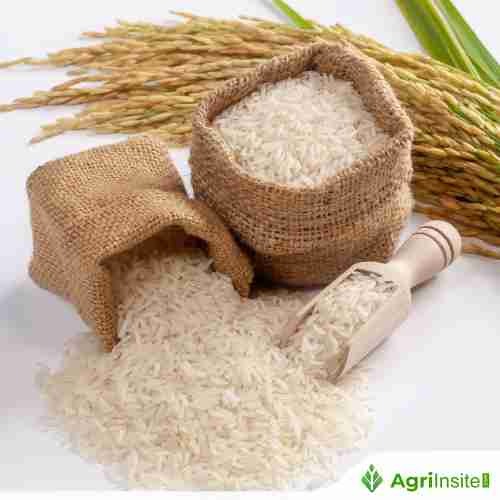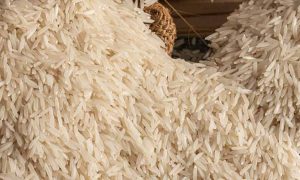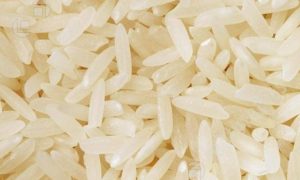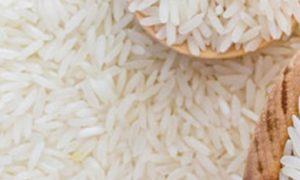North Korean rice prices hold at record highs as food shortages worsen

North Korean rice prices remain high at 12,000 won/kg, while corn prices dropped due to new potato and barley harvests. However, poor wheat yields and worsening food shortages are straining families. Market restrictions and rising fuel costs further pressure traders.
North Korean rice prices, which broke through 10,000 won per kilogram for the first time in early June, are holding steady at around 12,000 won. However, corn prices have dropped slightly as other grains start appearing in markets.
According to Daily NK’s regular survey of North Korean market prices, rice cost 12,000 won per kilogram in a Pyongyang market on June 22—the same price as two weeks earlier on June 7.
Rice stable, corn falls
Rice prices stayed fairly stable in other regions too. In a Hyesan market in Ryanggang province, rice cost 12,200 won per kilogram on June 22, just 200 won less than on June 7.
Corn prices, however, fell. In Pyongyang and Hyesan, corn cost 4,000 won and 4,100 won per kilogram respectively on June 22—drops of 11.1% and 12.8% from June 7.
The biggest corn price drop was in Sinuiju, North Pyongan province, where it cost 3,800 won per kilogram, a 17.4% decrease from two weeks earlier.
Corn prices have fallen noticeably because demand for corn—used as a rice substitute—has dropped slightly with potato and barley harvests beginning.
Cho Chung-hee, director of Good Farmers’ research institute and a North Korea agriculture expert, told Daily NK that corn prices “seem to have dropped a bit as potatoes and wheat start appearing” and that wheat “appears to be reaching markets faster after harvest because grain dryers were distributed this year.”
In previous years, prices for alternative crops typically fell in mid-July because it took time for potatoes and wheat to reach markets even after June harvests. This year, prices dropped earlier.
“Our internal survey found that wheat and barley farming was poor this year,” Cho said. “Good areas harvested about 2.5 tons per 10,000 square meters, while bad areas got about 1.7 tons. At that rate, the total harvest will fall well short of previous years.”
With poor wheat and barley harvests this year, their effect on market grain prices may be short-lived.
Growing food shortages
Food shortages for North Koreans have gotten noticeably worse recently.
“With rice prices skyrocketing when nobody can make money in the markets, many people complain they can’t put food on the table,” a source in Ryanggang province said. “People who can make some money eat rice mixed with corn, but many families can’t even afford that.”
“Elderly households with no income are starving,” the source said. “People say at times like this, they wish the state would provide at least some food rations.”
Even grain merchants are complaining. Market taxes have increased recently, and merchants have seen their business drop significantly as authorities tighten market controls.
According to the source, one market grain merchant complained that “people blame rice merchants completely when food prices go up, treating them like criminals, but that’s not why rice prices rise.” The merchant added that it was “really unfair to stop rice merchants from making money when even the state can’t stabilize food prices.”
Meanwhile, the market exchange rate between North Korean won and U.S. dollars—which shot up to over 20,000 won in early June—dropped slightly in the latest survey, while the won-Chinese yuan rate increased somewhat.
Since neither the dollar nor yuan changed much, import prices stayed roughly the same. In a Pyongyang market on June 22, gasoline and diesel cost 24,300 won and 22,400 won per kilogram respectively—increases of 0.8% and 1.8% from two weeks earlier.
To Read more about Rice News continue reading Agriinsite.com
Source : Daily NK
















